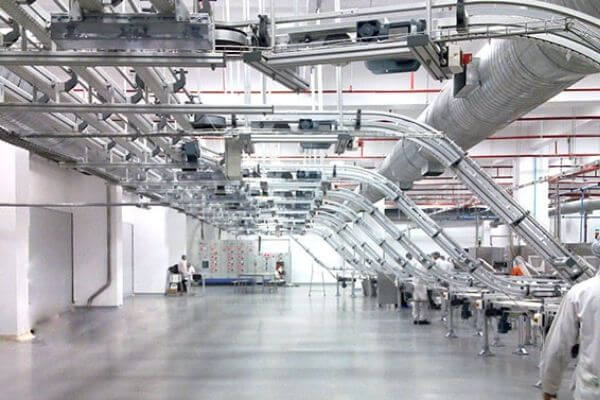With the improvement of people’s living standard, the rising labor cost in the manufacturing industry, and the whole process of shoemaking was generally automated. The application of RFID technology makes shoemaking automation promote into a higher level.
Before production line upgrade:
According to the manufacturers’ feedback, in the traditional assembly line mode, lots of semi-finished products are normally backlogged. Complex processes, high labor costs, unstable forecast of production cycle, control and strain capacity. At the same time, production efficiency is generally low, which is unable to adapt to the short delivery time in the market.
After upgraded:
Automation of production, production efficiency improved, lots of manpower and material resources saved, multi-directional production methods achieved.
RFID technology supports real-time data control for every production link in production management. Information integration makes the finished products measurement and warehouse management simpler, so that production will be more flexible, and provides more possibilities for the development of industrial automation.
The advantages of RFID technology in intelligent manufacturing industry.
- No human intervention, so that there will be less damage caused by human and can complete the data collection automatically;
- The information of objects in operation can also be collected, and RFID technology can identify multiple labels at the same time, more convenient than the traditional way;
- It can be applied in the harsh production environment, such as less manpower, enormous of data volume, high requirement of real-time data transmission and highly stable and effective data transmission.
In general, RFID technology has a great application prospect in the intelligent manufacturing, warehousing, logistics, real-time data collection and management of raw materials, factory manufacturing, sales and customer demand.
It can help manufacturers realize on-time production, on-demand production, sequential production flexibly, and realize the real intelligent manufacturing.
.png)
